US, Japan Announce Historic Military Overhaul Amid Asia Tensions
United States and Japan have unveiled plans for a comprehensive overhaul of US military forces in Japan. This landmark decision, announced on Sunday by top officials from both nations, marks a significant evolution in the longstanding US-Japan defense alliance. The move comes in response to escalating security challenges in the Asia-Pacific region, particularly the growing assertiveness of China and the persistent threat from North Korea.
Restructuring US Forces Japan
The centerpiece of this strategic shift is the reconstitution of US Forces Japan (USFJ) as a joint force headquarters. Under the new structure, USFJ will report directly to the Commander of US Indo-Pacific Command, a change designed to streamline command and control while enhancing interoperability between US and Japanese forces. US Defense Secretary Lloyd Austin emphasized the historic nature of this decision, stating it represents “the most significant change to US Forces Japan since its creation, and one of the strongest improvements in our military ties with Japan in 70 years.”
Also read this: US to Advise India on UAVs in $3B Predator Drone Deal
This restructuring aims to facilitate deeper cooperation on joint bilateral operations, both during peacetime and in potential contingencies. The move is expected to significantly boost the alliance’s ability to deter and respond to regional threats, reflecting a shared commitment to maintaining stability in the Indo-Pacific.
Regional Context and Concerns
The decision to revamp US military presence in Japan is set against a backdrop of mounting regional tensions. In their joint statement, US and Japanese officials identified China’s “political, economic, and military coercion” as the “greatest strategic challenge” in the Asia-Pacific region and beyond. Specific concerns include China’s attempts to unilaterally change the status quo in the East China Sea, its provocative activities in the South China Sea, and its support for Russia’s defense industrial base.
North Korea’s ongoing missile testing and nuclear weapons programs were also highlighted as significant threats. The ministers condemned the deepening cooperation between Russia and North Korea, particularly Russia’s procurement of ballistic missiles from North Korea for use in Ukraine.
Japan’s Evolving Defense Posture
The military restructuring aligns with Japan’s own shifting defense strategy. Moving away from its post-World War II pacifist constitution, Japan plans to boost its defense spending to approximately 2% of its GDP by 2027 and acquire counterstrike capabilities. This evolution in Japan’s defense posture underscores its increasing importance in Washington’s regional security strategy and reflects a shared perception of growing threats in the region.
Trilateral Cooperation
The announcement follows a trilateral meeting between defense chiefs from the United States, Japan, and South Korea, highlighting the growing coordination among US allies in the region. This burgeoning trilateral relationship marks a significant shift, with Seoul and Tokyo working to overcome historical animosities to address shared security concerns.
The three nations vowed to strengthen cooperation to deter nuclear and missile threats from North Korea and formalized an agreement to institutionalize trilateral security cooperation. This includes senior-level policy consultations, information sharing, joint exercises, and defense exchange programs.
Potential Implications and Reactions
The military overhaul is likely to provoke strong reactions from Beijing, which has consistently viewed US military presence in the region with suspicion. China has accused the US of fostering a Cold War style bloc mentality in Asia, a charge that US officials deny.
The timing of this announcement, coming months ahead of the US presidential election, has also raised questions about the long-term stability of US commitments in the region. However, US Secretary of State Antony Blinken emphasized that the alliance with Japan is stronger than ever and would be sustained regardless of election outcomes, citing its fundamental importance to both nations’ interests.
Looking Ahead
As the US and Japan move forward with this historic realignment, working groups led by US Indo-Pacific Command will hammer out the details of implementation. While there is no intention to integrate Japanese forces into US commands, the restructuring promises to create a more cohesive and responsive allied force in the region.
This strategic shift underscores the evolving security landscape in Asia and the Pacific. As regional tensions escalate, the US-Japan alliance aims to bolster its deterrence capabilities and promote stability in the Indo-Pacific region. The move reflects growing concerns over China’s assertiveness, North Korea’s nuclear ambitions, and the broader geopolitical challenges facing the international community.
By strengthening their military ties and enhancing operational coordination, the United States and Japan are sending a clear message about their commitment to regional security and their readiness to face emerging challenges in an increasingly complex geopolitical environment.
Keep connected with us at Facebook, Twitter, YouTube, Instagram & TikTok for latest defense happening around the globe.




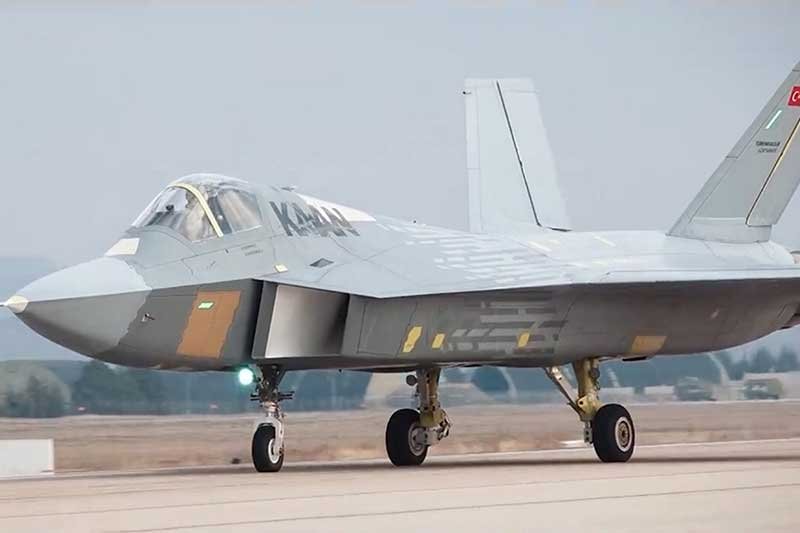
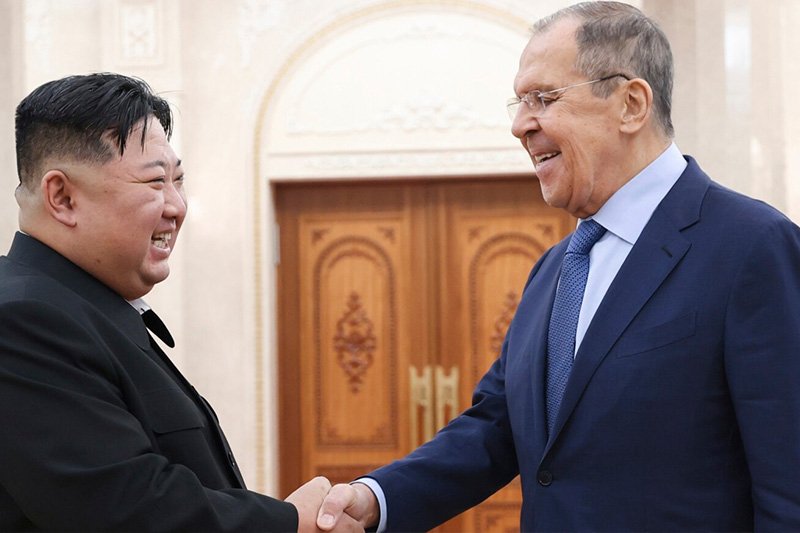
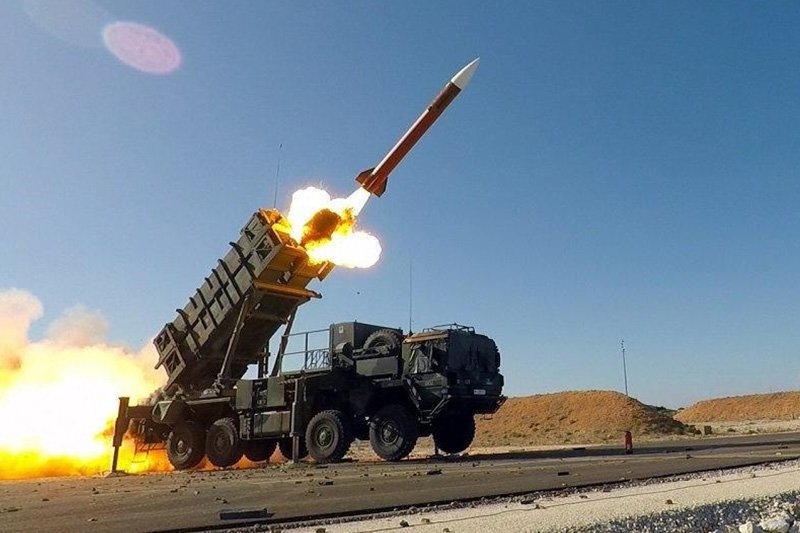
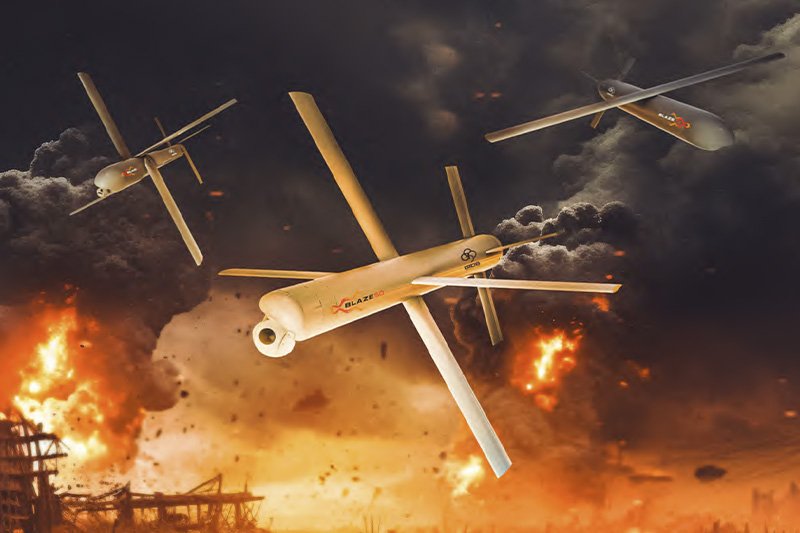
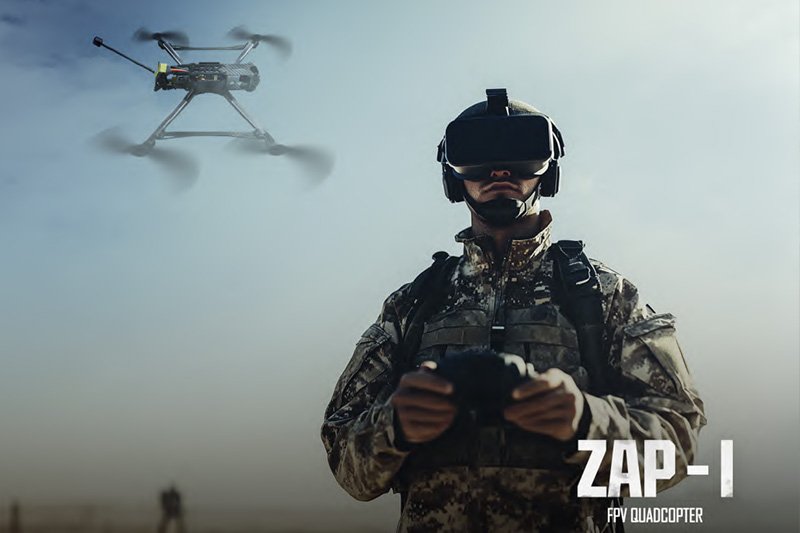




One thought on “US, Japan Announce Historic Military Overhaul Amid Asia Tensions”